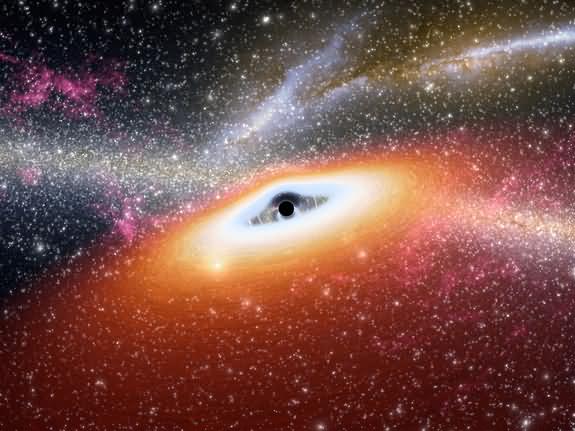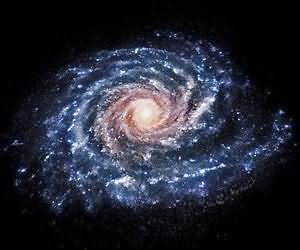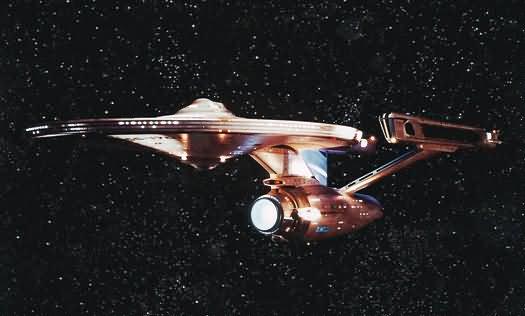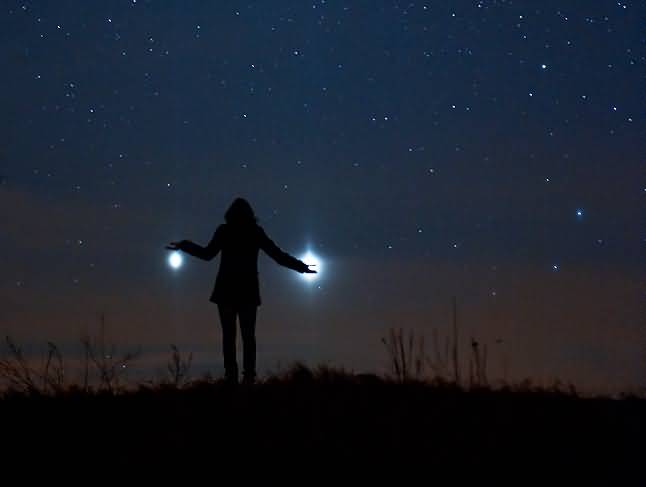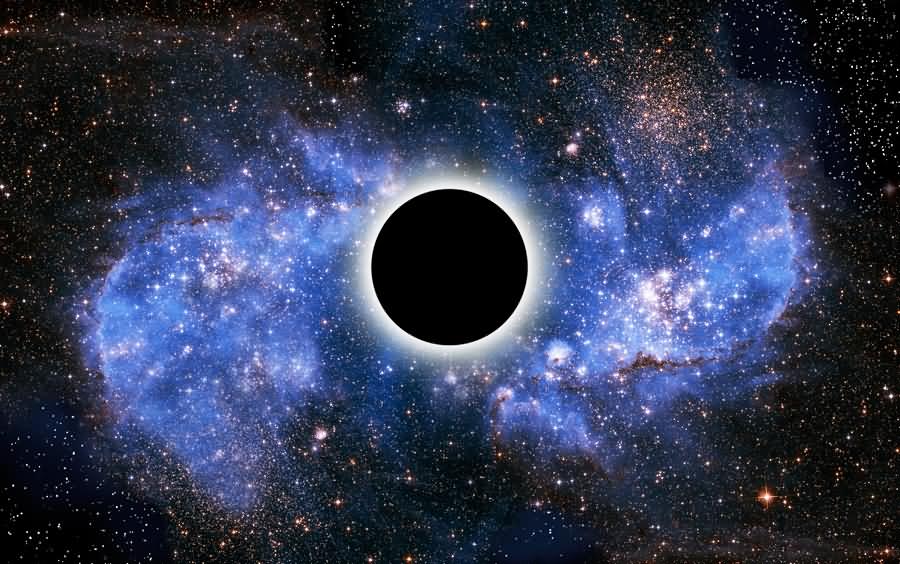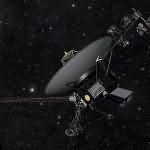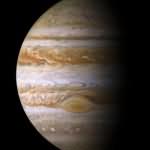Are Dark Matter Tiny Black Holes?
Dark matter, which is invisible but makes up approximately 25 percent of the universe, is the most mystical thing yet. Scientists still haven't figured out whether dark matter is made up of particles or larger objects.
There is a consensus that dark matter is a new type of particle that has very little interaction with anything in the universe, including gravity.
But thousands of people working in places ranging from the most powerful particle accelerators to underground laboratories have been unable to produce or discover a particle that could confirm this.
Astrophysicist Kim Griest and colleagues at the University of California, San Diego, are investigating whether dark matter is small black holes.

Researchers have created a simulation of what happens when a primordial black hole, hypothesized to be dark matter, passes through a star. This image shows the vibrations created by the primordial black hole (white dots) as it passes through the star.
Princeton University/Tim Sandstrom
Supermassive black holes, millions to billions of times the mass of the sun, have previously been discovered at the centers of many galaxies. However, their discovery stems from the gravitational effects of their extreme size. Theoretically, much smaller black holes could have formed in the early universe. These black holes are very difficult to detect, and their numbers could be so numerous that they could fill the missing dark matter mass.
But none of the newer studies have found evidence to support this theory. Griest and his colleagues used the Kepler space station, launched by NASA in 2009 to explore distant Earth-like planets, and found no evidence to support this theory.
Kepler 4 observed 150,000 bright stars in the Milky Way galaxy to detect changes in brightness as a planet passed in front of them. If one of these primordial black holes were to pass in front of one of these stars, it would become even brighter due to gravitational lensing.
Because a black hole the mass of our moon hasn't been detected by the Kepler Space Telescope or other studies so far, this theory hasn't qualified it as a dark matter candidate. However, Griest and his colleagues indicate that some, if not all, of the dark matter could be composed of these primordial black holes, and they don't seem to have given up hope.
Sources and References:
Spacecom-Is Dark Matter Made of Tiny Black Holes?

